Good summary by UVA Professor Larry Sabato of what the 2025 Virginia elections look like at this point. Let’s go through this point by point, with my comments in parentheses/green/bold/italics after Professor Sabato’s observations.
- “Right now, I would go with the historical average in the sense that the Democrats are more likely to win than the Republicans because Trump is in the White House, Republicans are in charge of everything and there are controversies that build up.” (There’s no question about the historical trend of Virginia going opposite of the party in the White House for governor, with the one exception in decades being in 2013, when Democrats managed to narrowly sweep all three statewide offices – Terry McAuliffe for Governor, Ralph Northam for Lt. Governor and Mark Herring for Attorney General – against what was known at that time as the Republican “extreme team” of Ken Cuccinelli, EW Jackson and Mark Obenshain. Not only does the party opposite of the White House usually win, but sometimes it’s a landslide, such as Republican Bob McDonnell’s whopping 18-point win over Democrat Creigh Deeds in 2009, the year after Barack Obama won Virginia by 6 points; and in 2017, when Democrat Ralph Northam demolished Republican Ed Gillespie by 9 points, the year after Donald Trump won the White House for the first time. BTW, this puts in perspective Youngkin’s 2-point win in 2021, with Joe Biden in the White House and increasingly unpopular by the fall of 2021; if anything, you’d have expected Youngkin to win in a landslide, but he definitely didn’t.)
- “And Virginia has become a light-blue state, it’s not a dark-blue state, it’s a light-blue state and there are purple edges to it and it can still go the other way, lots of things can happen, and you start from that premise.” (I think this is right – Virginia is light-blue state, but not “dark-blue” enough that it’s safe by any means. Still, in an election with a Republican in the White House, and in this case someone who is INTENSELY and BROADLY unpopular in Virginia, combined with a strong Democratic nominee – Abigail Spanberger – and a very weak/flawed/extreme Republican nominee – Winsome Earle-Sears – honestly, if Dems can’t win by at least as big a margin as Ralph Northam did in 2017, something’s really messed up.)
- “And the House of Delegates will probably go the way of the gubernatorial election. And the other two statewide positions, Lt. Governor and Attorney General, often are just coattail elections, depending on who’s winning the governorship. I don’t want to oversimply, but that’s the way it’s been recently at least, in Virginia.” (Looking back at the 2021 election, Youngkin won by 1.9 points for governor, while Winsome Sears won by 1.5 points for Lt. Governor and Jason Miyares won by just 0.8 points for Attorney General. So as you can see, there was 1.1-point differential between the gubernatorial race’s margin and the AG race’s margin. As for the House of Delegates, Republicans picked up 7 seats in that election, going from 45 to 52 seats, so definitely a “coattails election” in that respect. As for 2017, Ralph Northam won the governor’s race by 8.9 points, while Justin Fairfax won the LG race by 5.6 points and Mark Herring won the AG race by 6.8 points…so a spread of 3.3 points from the biggest margin to the smallest margin among the Democratic “statewides.” As for the House of Delegates, Democrats picked up 15 seats in that election, so again, definitely a “coattails election.” Going back a bit further, in 2013, Terry McAuliffe won the governorship by 2.5 points, while Ralph Northam won the LG race by 10.6 points and Mark Herring won the AG race by just 0.04 percentage points – so a VERY big spread among the three Democratic candidates, about 10.6 points between the biggest win and the smallest win. The question is, could something like this happen again in November 2025, where let’s say Spanberger wins by 10 points, but the Democratic LG or AG candidates significantly underperform that margin? Hard to say, and I’d say it’s not highly likely, but certainly I could see the Democratic LG or AG candidate underperfoming Spanberger by several points – all the more reason that we need to make sure Spanberger wins by as large a margin as possible, so that we definitely win the LG and AG races, and also pick up as many House of Delegates seats as possible.)




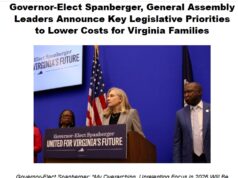
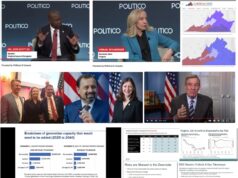
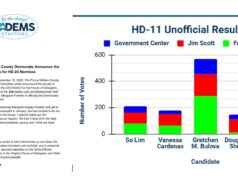


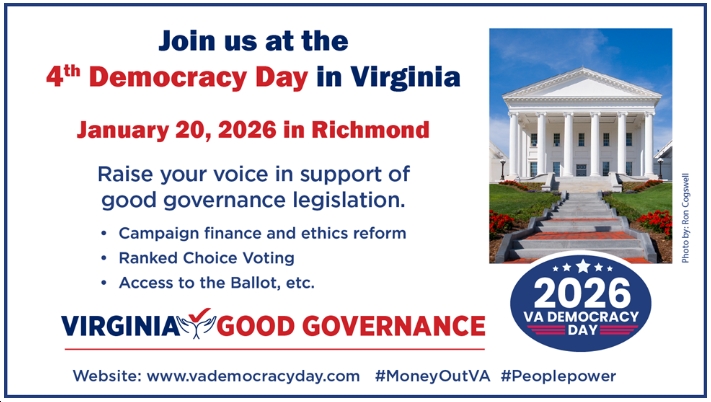
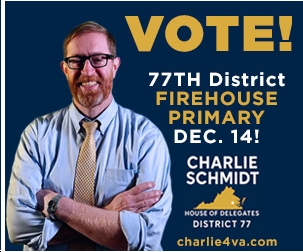




![Video: Sen. Mark Warner Says Last Night, “you saw an angry old man [Trump] giving a partisan screech that doesn’t solve anything”](https://bluevirginia.us/wp-content/uploads/2025/12/warner1218-100x75.jpg)
